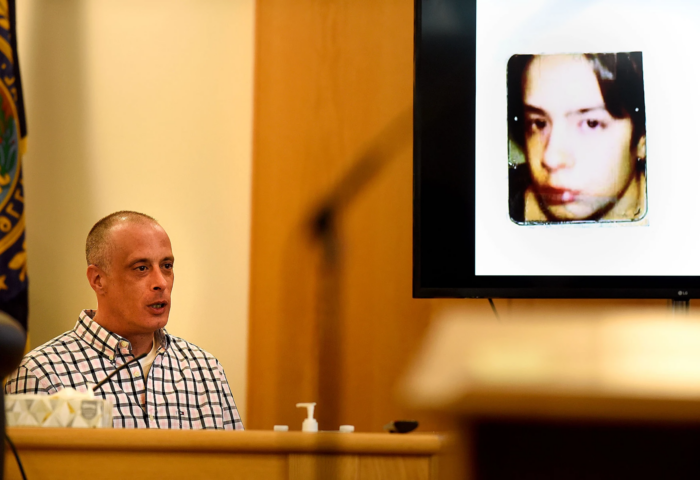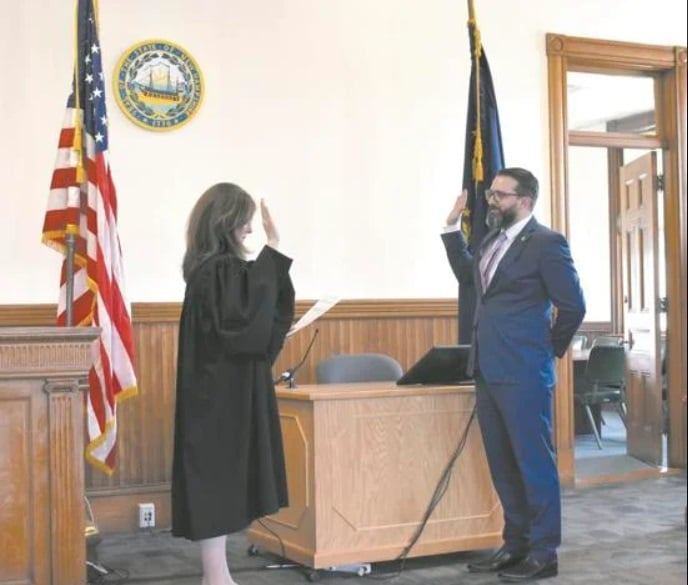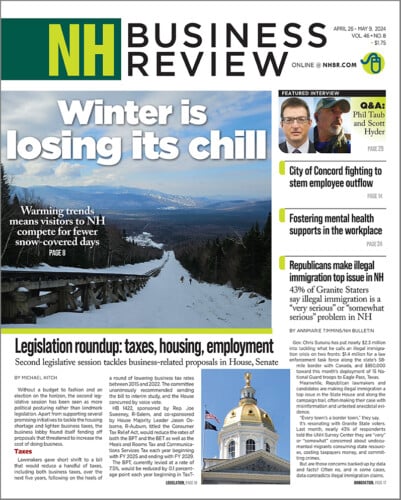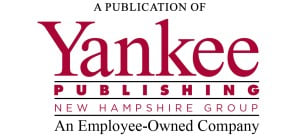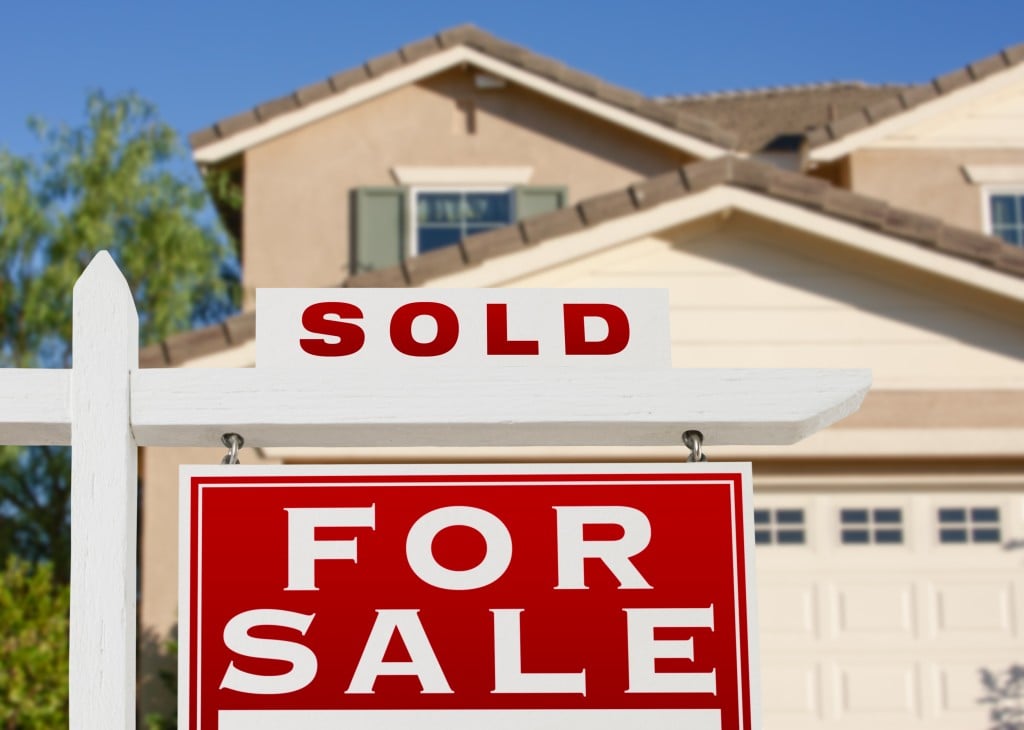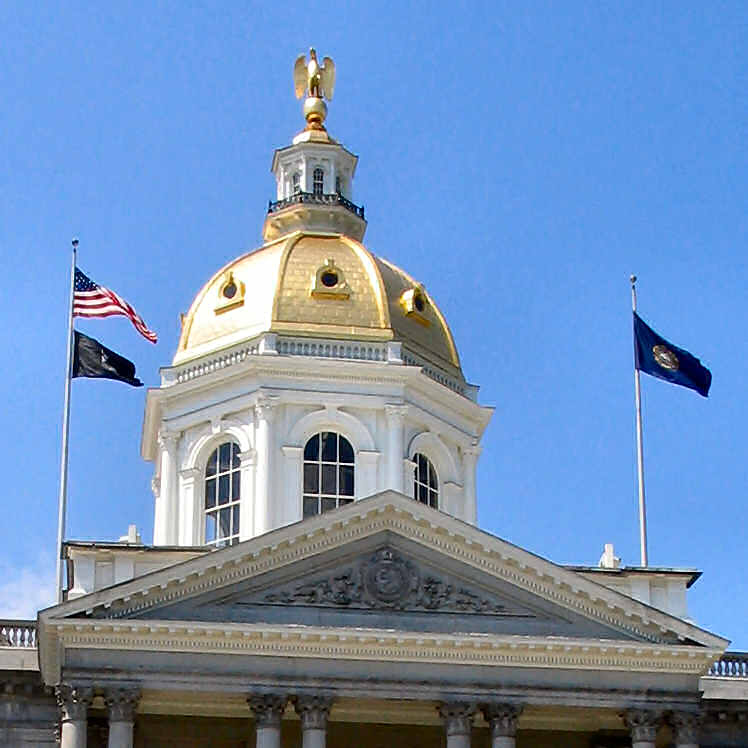NH’s mercurial aid to towns
State has long reneged on funding promises

Restoring state aid to cities and towns, which has shrunk since the implementation of austerity measures taken in response to the financial crisis of 2008, will be among the many competing demands on the state purse as the Legislature tackles the 2020-21 state budget.
Barbara Reid of the NH Municipal Association recently updated what has become a regular report on state aid to cities and towns. She calculates that between 2010 and 2019, the state has either withheld funds or transferred costs amounting to hundreds of millions of dollars to municipalities, leaving them to reduce operating expenses, defer capital projects or, more often, raise property taxes to offset forgone revenue or fund new obligations.
State aid to municipalities, much of which originated half a century ago, has been reduced or interrupted from time to time ever since the state has struggled to make ends meet. Although state revenues have rebounded as the economy has recovered and expanded, aid to municipalities has not been restored and property taxes have continued to rise.
Between 2014 and 2018, total property taxes, including both municipal property taxes and the statewide education property tax, increased from $3.4 billion to $3.8 billion, or by 11.5 percent. Property taxes represent two-thirds of all state and local tax revenue, the largest share of any state, and 99 percent of all municipal revenue, well above the national average of 72 percent. New Hampshire’s per capita property tax of $3,055 is second only to New Jersey at $3,082.
In 2016, businesses paid $1.6 billion in property tax, which amounted to 52.5 percent of their total state and local tax burden and more than twice the 22.4 percent share of the business profits tax and business enterprise tax.
Rooms and meals
An indeterminate but significant share of rising property taxes reflects the reduction in state aid, particularly in the distribution of revenue from the rooms and meals tax, withholding of state revenue sharing and elimination of the state contribution to the NH Retirement System toward the pensions of school teachers, police officers and firefighters.
The rooms and meals tax was introduced in 1967, with the provision that the revenue would be shared. The state would receive 60 percent while the balance would be distributed among municipalities based on their populations. But the municipal share was reduced in 1977 and 1981 and effectively frozen at the level of 1976.
In 1993, the Legislature enacted a formula to fulfill the original intent of the statute. The formula provided that 75 percent of the year-over-year increase in revenue, but not more than $5 million in any one year, would be added to the municipal share distributed in the prior year until it reached 40 percent. Between 2001 and 2010, the municipal share rose from 18 percent to 29 percent of the revenue from the tax.
But in 2010 the catch-up formula was suspended and by 2019 the municipal share had fallen to 21 percent. Meanwhile, between 2010 and 2019, revenue from the tax increased 58 percent, from $204 million to $322 million, while the municipal share rose to 24 percent.
The Municipal Association’s Reid calculates that with the suspension of the formula during the past decade, municipalities have foregone $97.6 million in revenue.
To highlight the issue, Reid has prepared a schedule showing how much each municipality has foregone since the catch-up formula was suspended and how much each would gain if it were restored and $5 million were distributed each year of the next biennium, for a cumulative increase of $15 million.
Altogether, 20 municipalities, including eight of the 13 cities, lost more than $1 million. Atop the list are Manchester and Nashua, which lost $8 million and $6.4 million, respectively, while 30 municipalities would gain more than $100,000 in the biennium.
Laconia City Manager Scott Myers said that restoring the catch-up formula to the rooms and meals tax distribution would provide cities and towns with a predictable, recurring revenue stream without putting the state budget at risk or raising taxes and fees.
Revenue from the tax has increased year after year as the economy has grown and the state is not bound to distribute funds that are not realized. And, he noted, the law is already on the books.
Revenue and cost sharing
State revenue sharing was introduced in 1970, when the BPT replaced a bundle of taxes on commerce that were part of the tax bases of municipalities, which assessed and collected them. To compensate municipalities, the law provided that a portion of general revenues would be distributed to them for their unrestricted use.
As to suggestions that the Legislature might renege on its assurance, then-Attorney General Warren Rudman said, “It seems quite doubtful to me that once this bill is passed that any legislator would go back on its pledge to return revenue to cities and towns that originally belonged to those cities and towns. And I might also add, in passing, that I could hardly see a governor signing a bill which would deprive cities and towns of the revenue which they once had.”
Initially the legislation prescribed the distribution would increase by 10 percent each year, but a year later that was halved to 5 percent and was subsequently shrunk further.
In 1999, revenue sharing amounted to $47 million, but the next year it was reduced to $25 million, when $22 million was applied to meet the state’s obligation to fund education adequacy in following the Claremont school-funding suit. Since 2010, when revenue sharing was suspended altogether, cities and towns have foregone $250 million in state aid.
The Retirement System was formed in 1967, replacing separate pension plans for state employees, school teachers, police officers and firefighters, to which the state had contributed since 1940.
In 1977, the state contribution was set by statute at 35 percent. The state contribution was cut to 30 percent in 2010, to 25 percent in 2011 and to $3.5 million in 2012. It was eliminated altogether in 2013.
Meanwhile, employer contribution rates rose sharply between 2010 and 2015 as the recession left the system with losses on investments and prompted reductions in the assumed rate of return on investment earnings.
Reid estimated that the elimination of the state contribution represented a cost of some $92 million to cities and towns.
Rep. Renny Cushing, D-Hampton, has sponsored a bill requiring the state to contribute 15 percent of the employer contribution for teachers, police and firefighters at an estimated cost of $85 million in this biennium and $90 million in the next. He filed a similar bill last year that the House narrowly rejected, 172-166.
Infrastructure aid
The NH Department of Environmental Services allots grants for constructing, expanding and improving waste and drinking water facilities and closing landfills. Municipalities finance the projects by borrowing and, once they are completed, apply for grants of 20 percent to 30 percent of the cost, paid as a share of the debt service over the term of the bond.
But the amount of those grants began shrinking in 2008, and by 2013 totaled $5.6 million, compared to $17.6 million in 2005. The 2014-15 state budget placed a moratorium on funding any new projects for which municipal financing was not authorized by the end of 2008, leaving some 70 wastewater projects eligible for $93 million in state aid over the next 20 years if the moratorium is lifted.
House Bill 352, sponsored by Rep. Thomas Buco, D-Conway, and Senate Minority Leader Jeb Bradley of Wolfeboro, would appropriate $3.6 million in 2020 and $3.8 million in 2021 to fund the grant program.
In addition, highway block grants, equal to 12 percent of revenues from the gas tax and state motor vehicle fees, are distributed to municipalities according to their road mileage and population. Another $400,000 is allotted to municipalities with relatively high mileage and low property values.
From 2006 to 2010, funding ranged between $28.5 million and $30.5 million and was then increased by $5 million in 2011 and 2012 when a surcharge was added to the motor vehicle registration fee before reverting to $30 million from 2013 to 2015 when the surcharge was repealed. After the gas tax was increased by 4 cents, funding rose by $4 million to $33 million in 2016 and in 2017 was supplemented by a one-time appropriation of $30 million drawn from the general fund surplus.
Then there is the state bridge aid program, which provides for the state to bear 80 percent and municipalities 20 percent of the cost of constructing and rehabilitating municipally owned bridges.
Funding, which historically has amounted to $6.8 million per year, has varied. Funding doubled with the increase in the gas tax and then slipped to historic levels in 2016 and 2017, when the entire appropriation was funded by the higher gas tax, which was intended to supplement, not replace, aid from the highway fund.
In 2017, $2.5 million was added to the program from a surplus in the winter maintenance budget and in 2018 aid doubled again with funds from the general fund surplus. A year later, $10.4 million was appropriated for “high traffic volume” bridges.
Recent increases in funding have reduced the waiting period for municipalities seeking bridge aid.
In 2017, the NH Department of Transportation struck 71 bridges with posted weight limits from its Red List, leaving 252 of the 1,688 municipally owned bridges in “poor condition, critically deficient and/or functionally obsolete.”
How the state’s financial obligations to municipalities is addressed in the new legislative session remains to be seen. But one of the features of the Legislature is that so many members also hold elected or appointed positions in municipal government and are aware of the fiscal challenges facing their communities. And many of the recently elected candidates, particularly among those in the new House Democratic majority, stressed the urgency of property tax relief in their campaigns.




